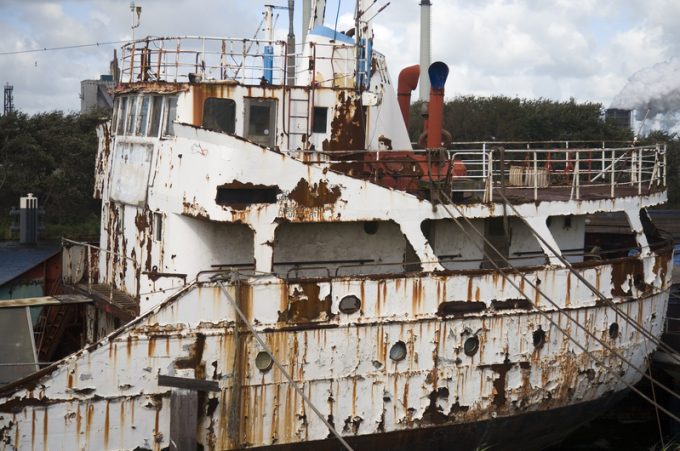The Loadstar explains: Servers – the next big thing – how to ship them
I hear there’s a new buzzword in airfreight that’s taking up capacity. You mean ecommerce? We’re ...

From time to time, it is tempting to fantasise about a world with fewer laws, no institutions, no ‘red tape’. But for the merchant seafarer, this is a daily reality. IMO treaties give guidance on how people and their employers should behave – ...

Comment on this article